
Flemish Baroque artist
Sir Anthony van Dyck
[after being knighted in 1632, he anglicized his name to Vandyke]
was born,
March 22, 1599
in Antwerp, Belgium
❦
Van Dyck was the most important Flemish painter of the 17th century after Rubens, whose works influenced the young Van Dyck. He also studied and was profoundly influenced by the work of Italian artists, above all, Titian. He was an extremely successful portraitist and painter of religious and mythological pictures in Antwerp and Italy and also an accomplished draughtsman and etcher.
A precocious artist, his first independent works date from 1615-16, at about 17. In 1621 he was in the service of James I of England, but left to visit Italy, where he remained until 1627. His aristocratic rendering of Genoese patricians, like the so-called ‘Balbi Children’, were very well received in that city. After a second period in the Netherlands, greater success awaited Van Dyck when he settled at the English court in 1632, where he became the leading court painter.
His elegant representations of Charles I and his family set a new standard for English portraiture to which members of the court were keen to aspire. He became the dominant influence on English portrait-painting for the next 150 years. In 1632, Charles I granted him a knighthood, and he was buried in St Paul’s Cathedral, an indication of his standing at the time of his death. The Van Dyke beard is named after him [the sharply pointed and trimmed goatee].
❦
So here’s a glimpse of this master’s work

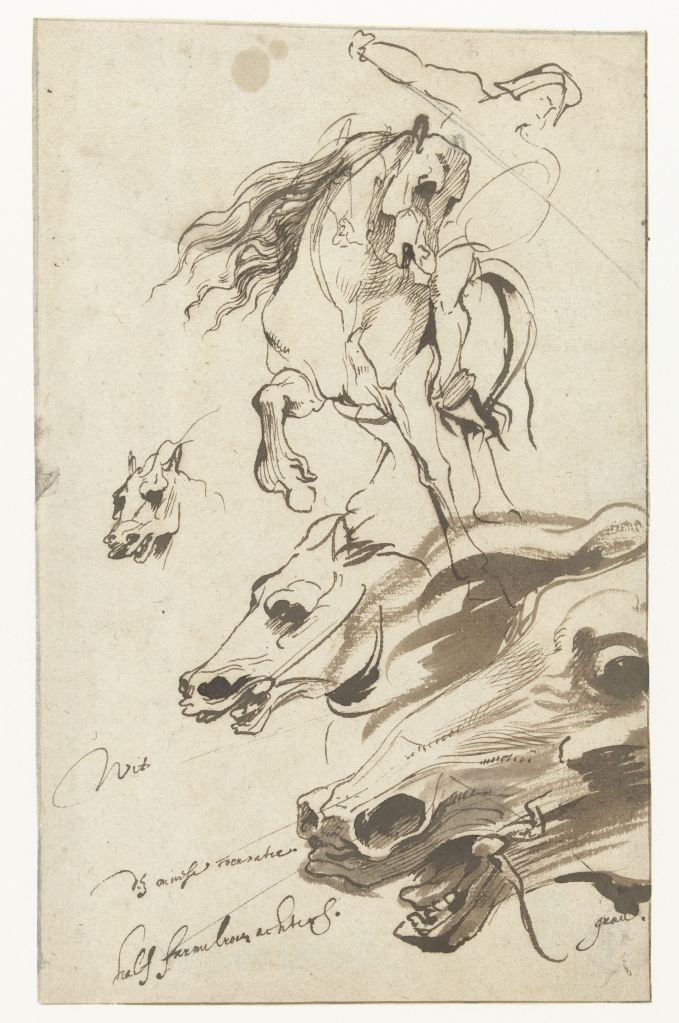
Self Portraits

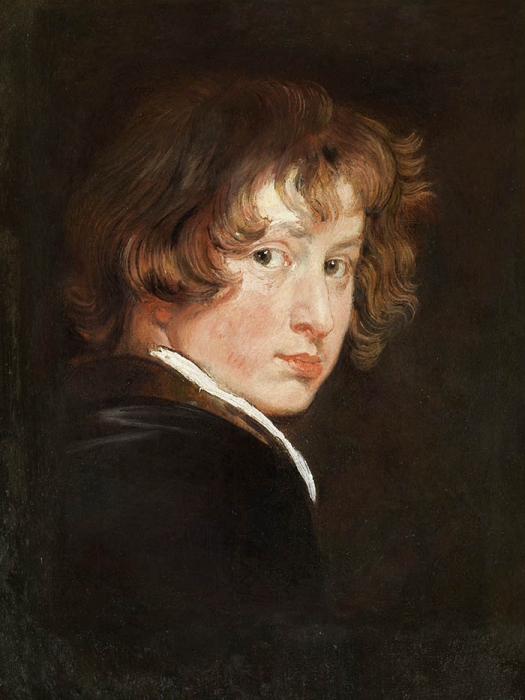

❦

❦
listening to
Claudio Monteverdi

“Vespro Della Beata Vergine*”
*Vespers of the Blessed Virgin
John Eliot Gardiner Conductor • The Monteverdi Choir • The English Baroque Soloists • The London Oratory Juniors Choir • Basilica di San Marco, Venice – 1990
Ann Monoyios – Soprano
Marinella Pennicchi
Michael Chance – Counter Tenor
Nigel Robson – Tenor
Mark Tucker – Tenor
Sandro Naglia – Tenor
Bryn Terfel – Bass
Alastair Miles – Bass
❦
For more information on Van Dyck:
https://www.anthonyvandyck.org/paintings/
https://en.wikipedia.org/wiki/Anthony_van_Dyck
https://www.nationalgallery.org.uk/artists/anthony-van-dyck
https://www.nga.gov/collection/artist-info.1259.html
https://www.tate.org.uk/art/artists/sir-anthony-van-dyck-565
https://www.rijksmuseum.nl/en/rijksstudio/artists/anthony-van-dyck
https://www.metmuseum.org/art/collection/search?q=Anthony+van+Dyck&sortBy=Relevance&pageSize=0
https://www.museidigenova.it/en/anthony-van-dyck-0
https://www.museothyssen.org/en/collection/artists/dyck-anthony-van

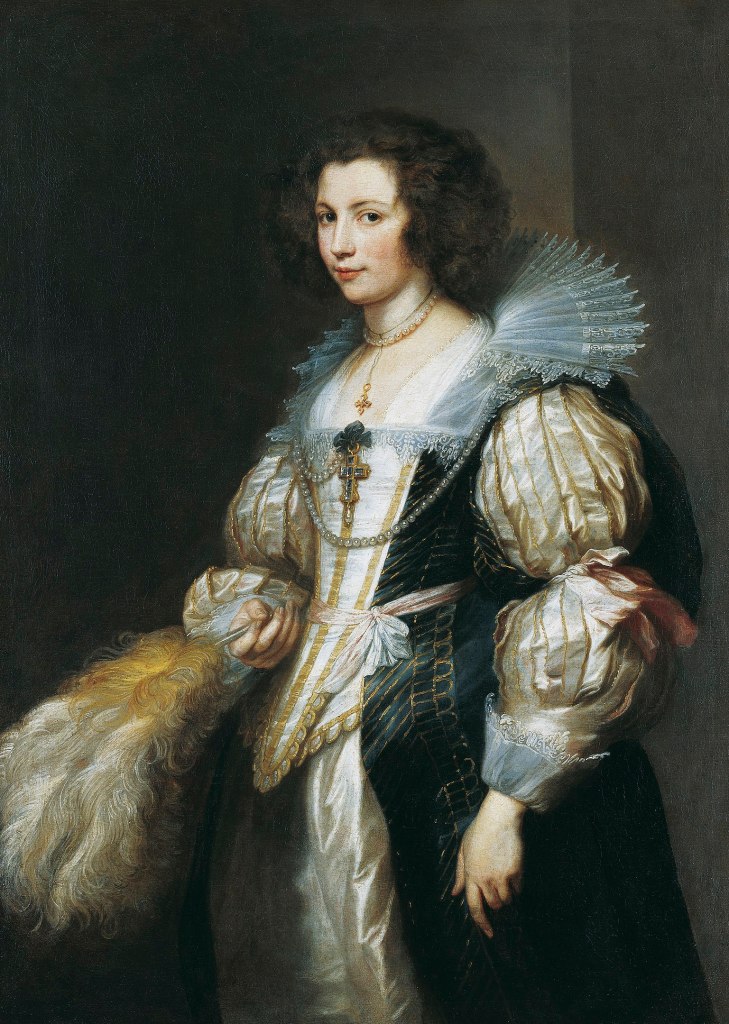


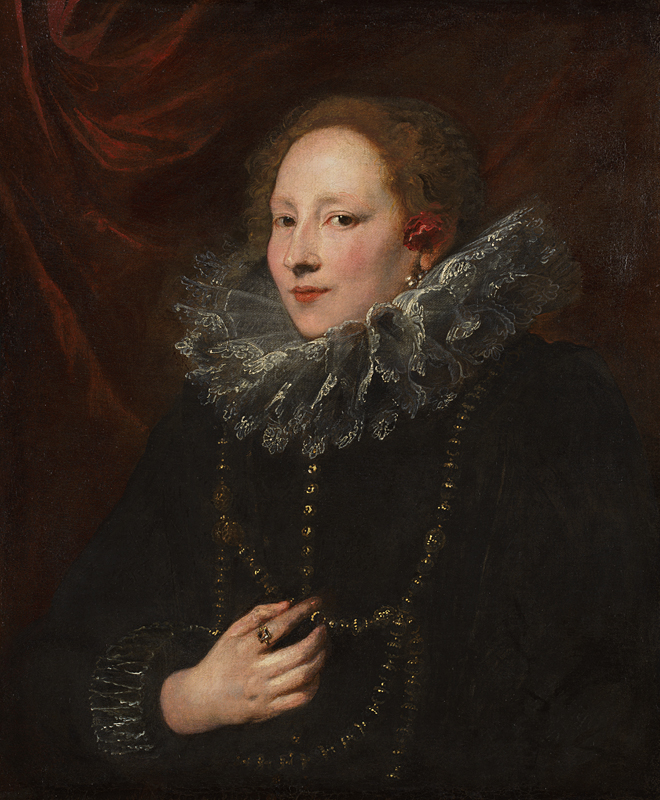
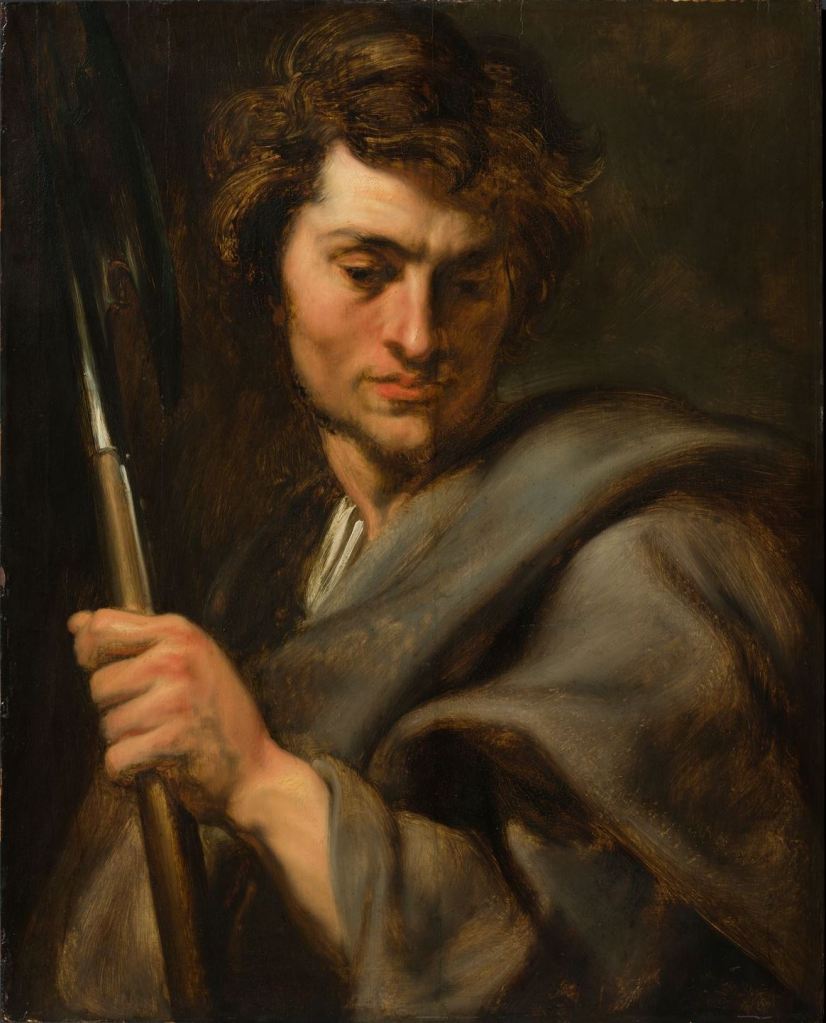
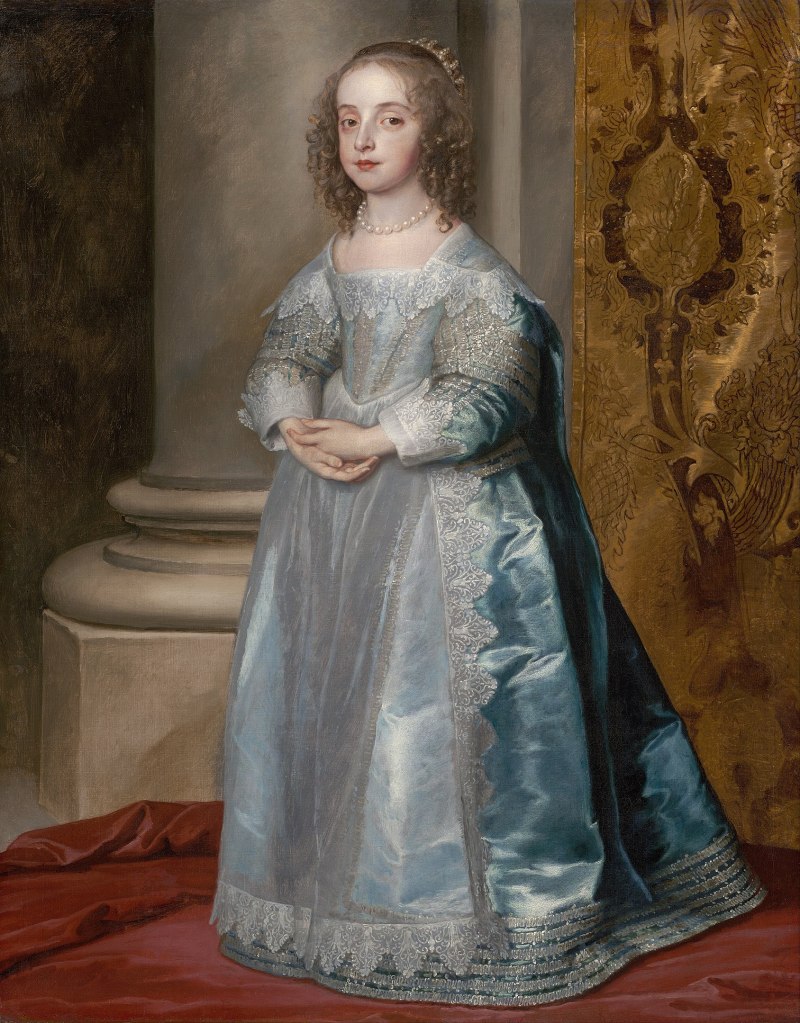
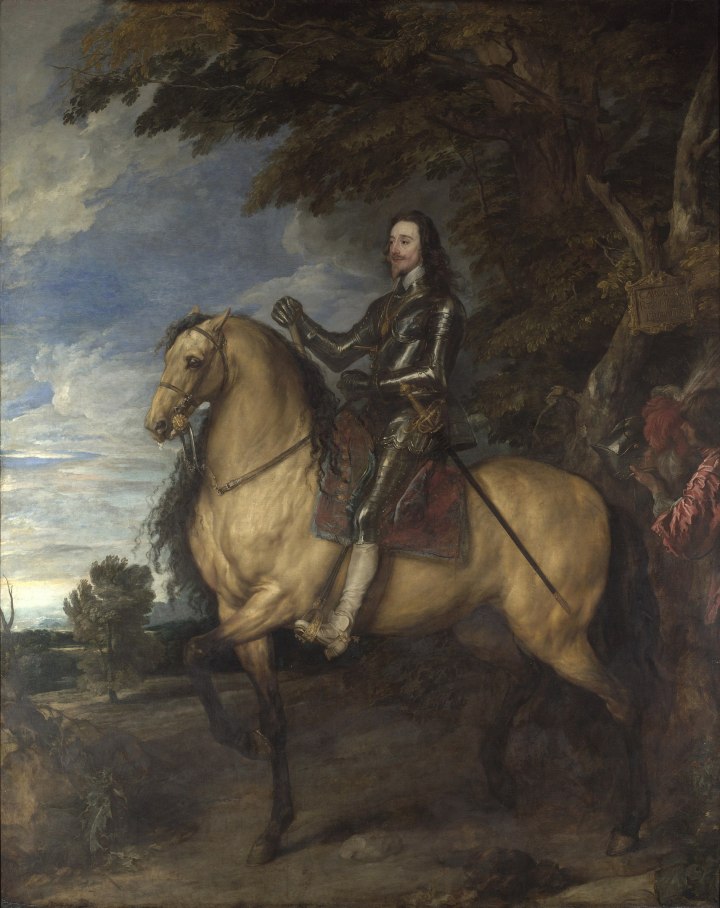

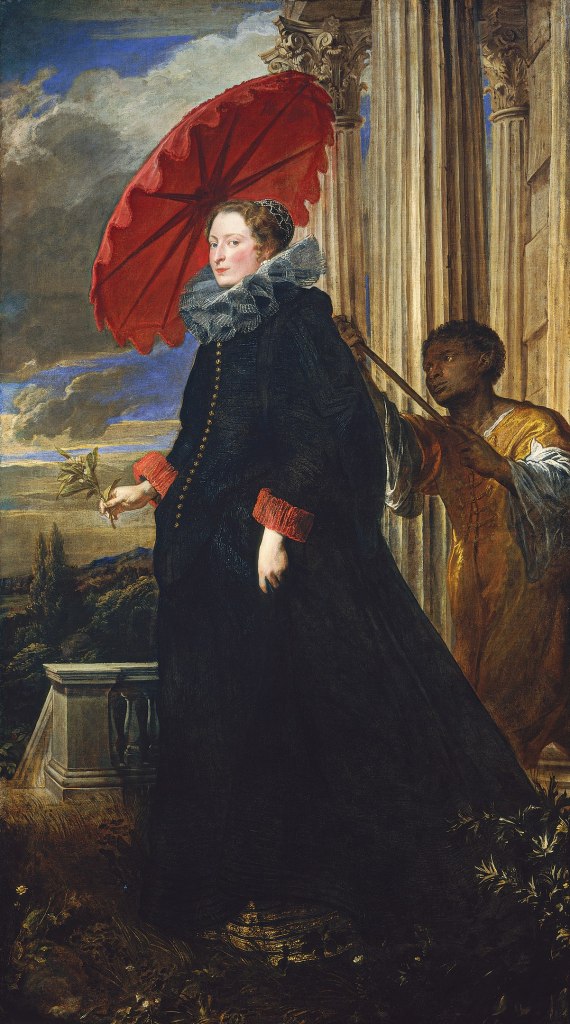
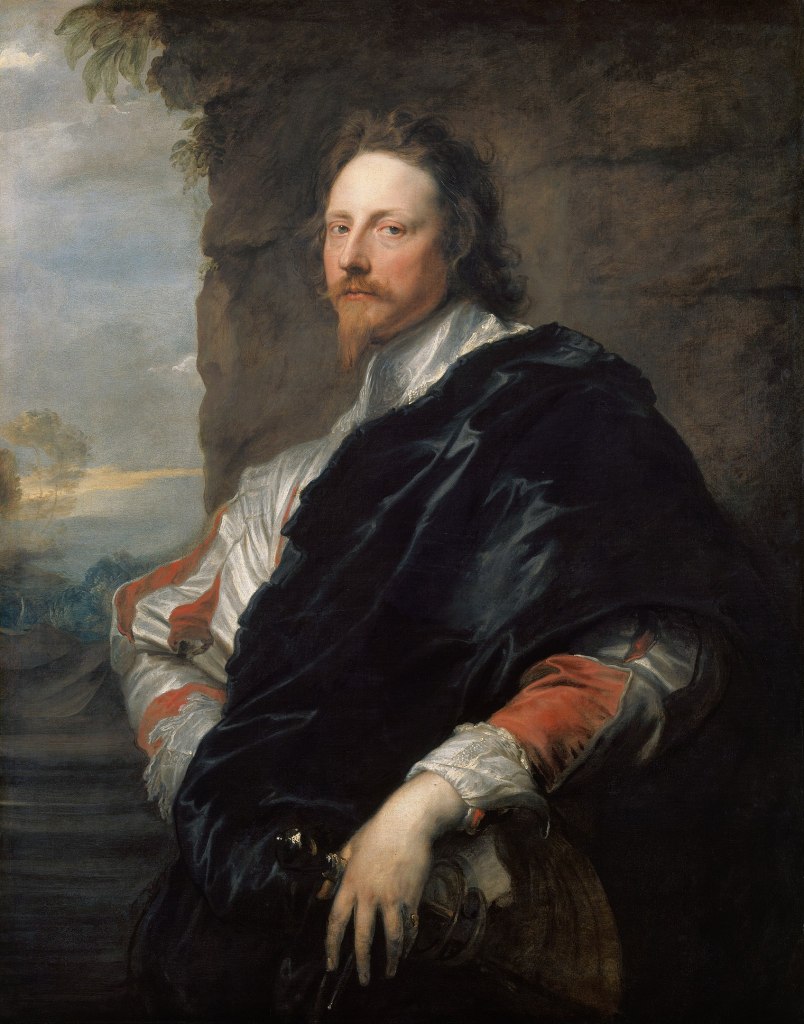

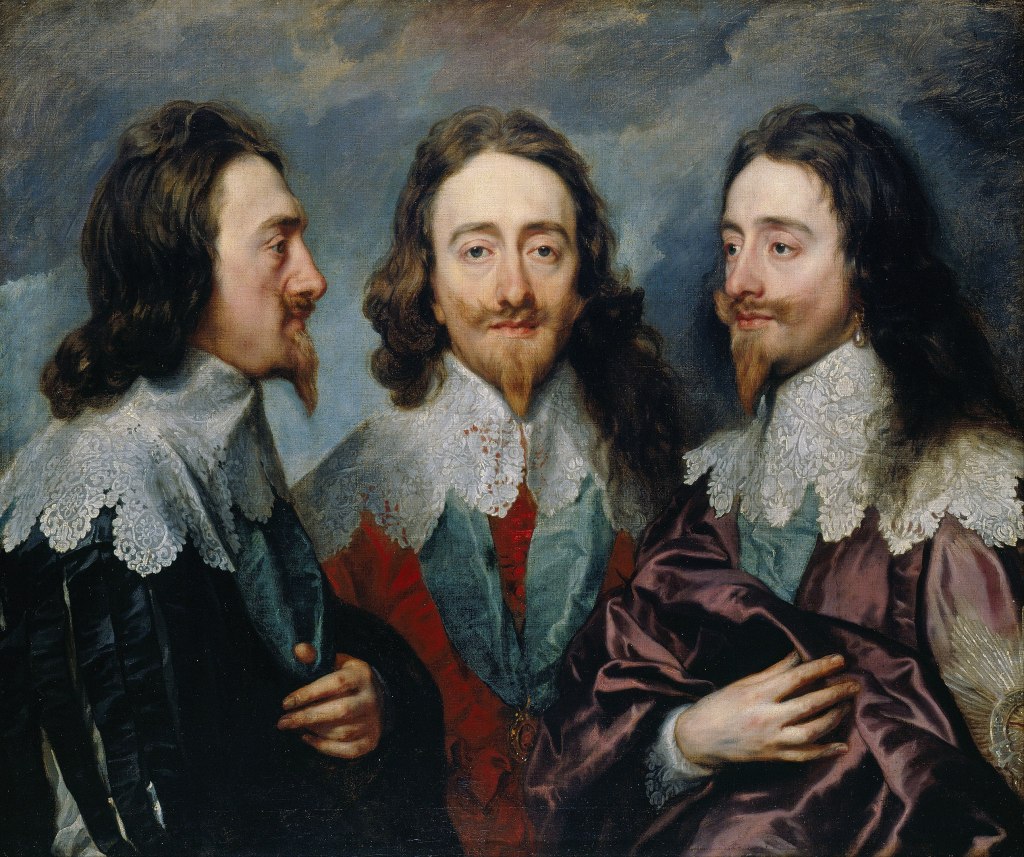

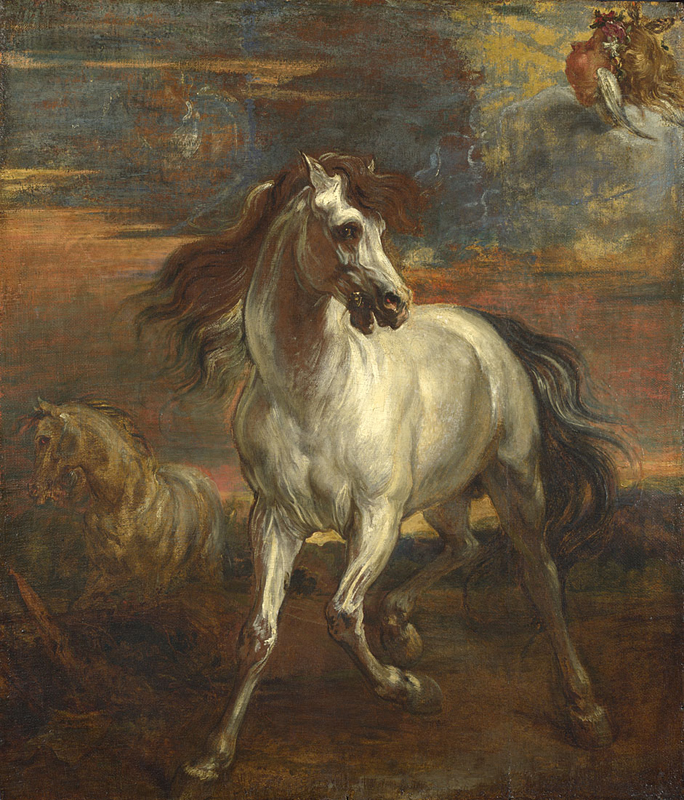


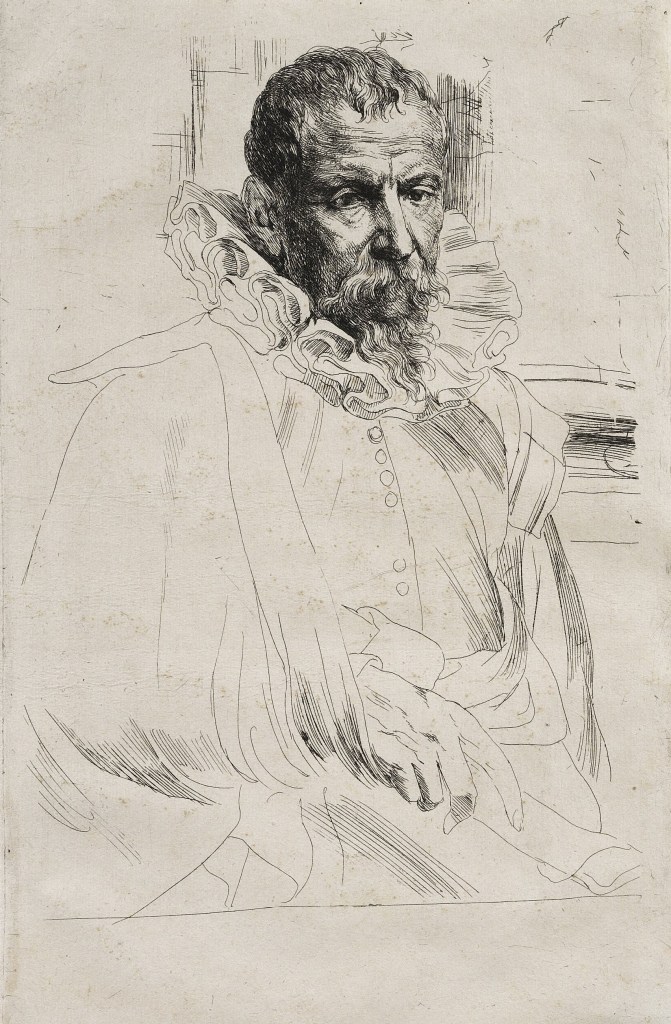

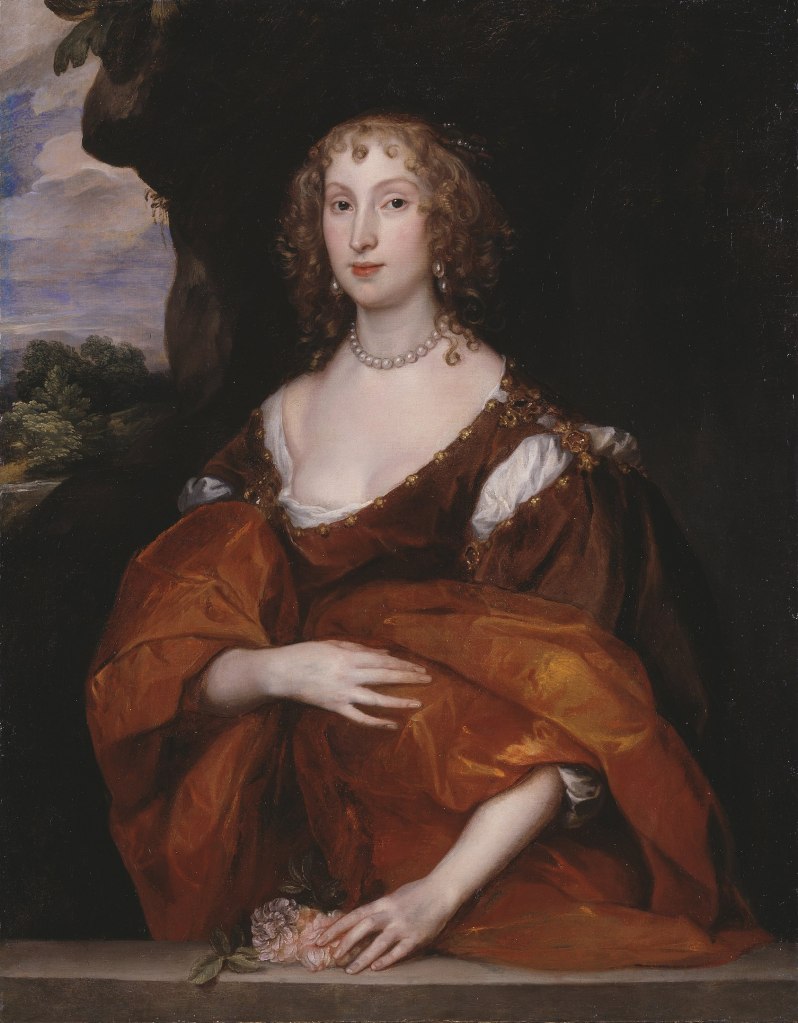



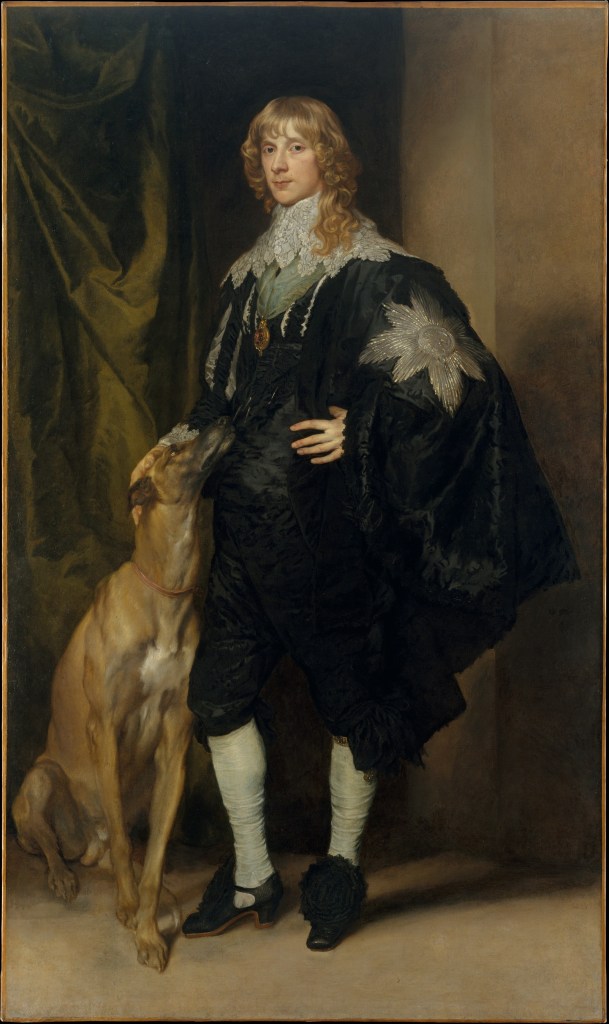


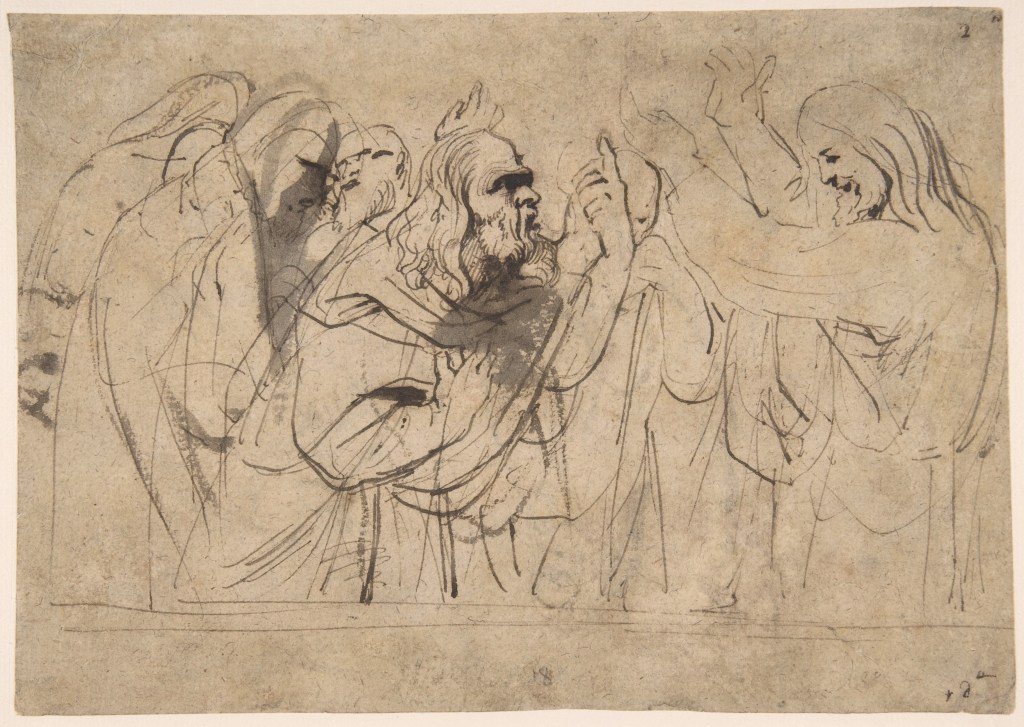
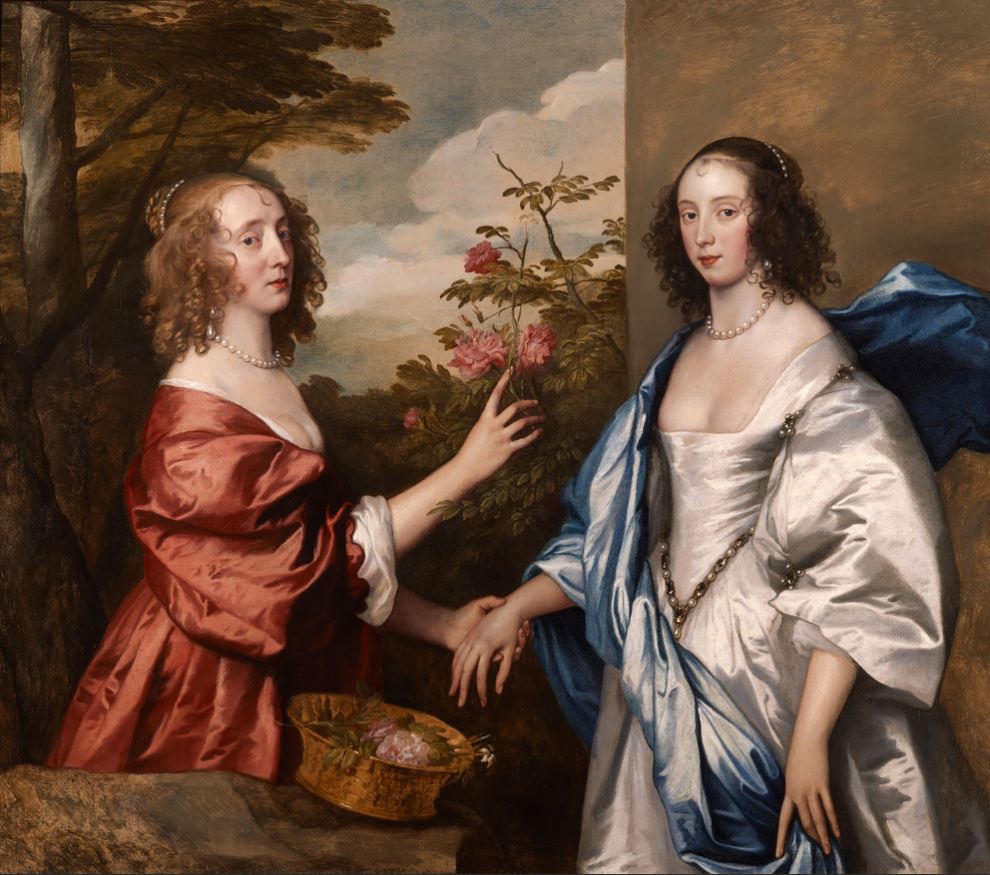
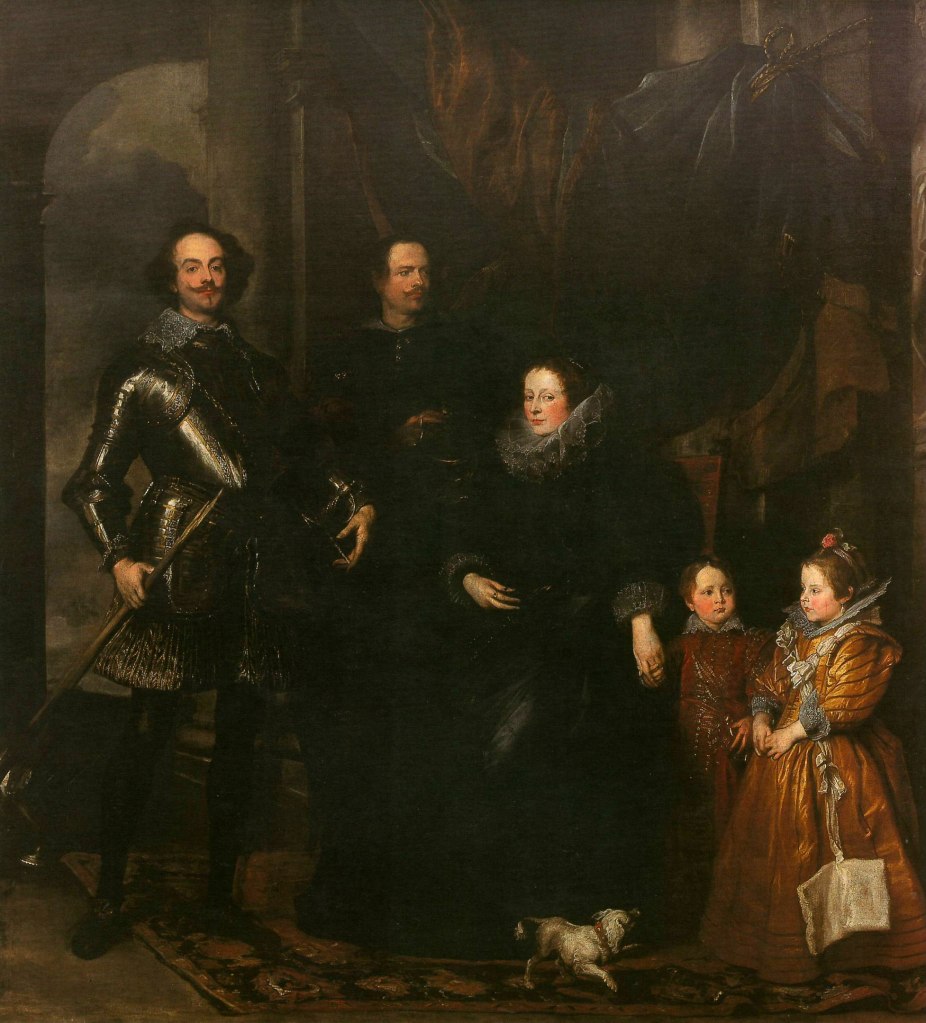
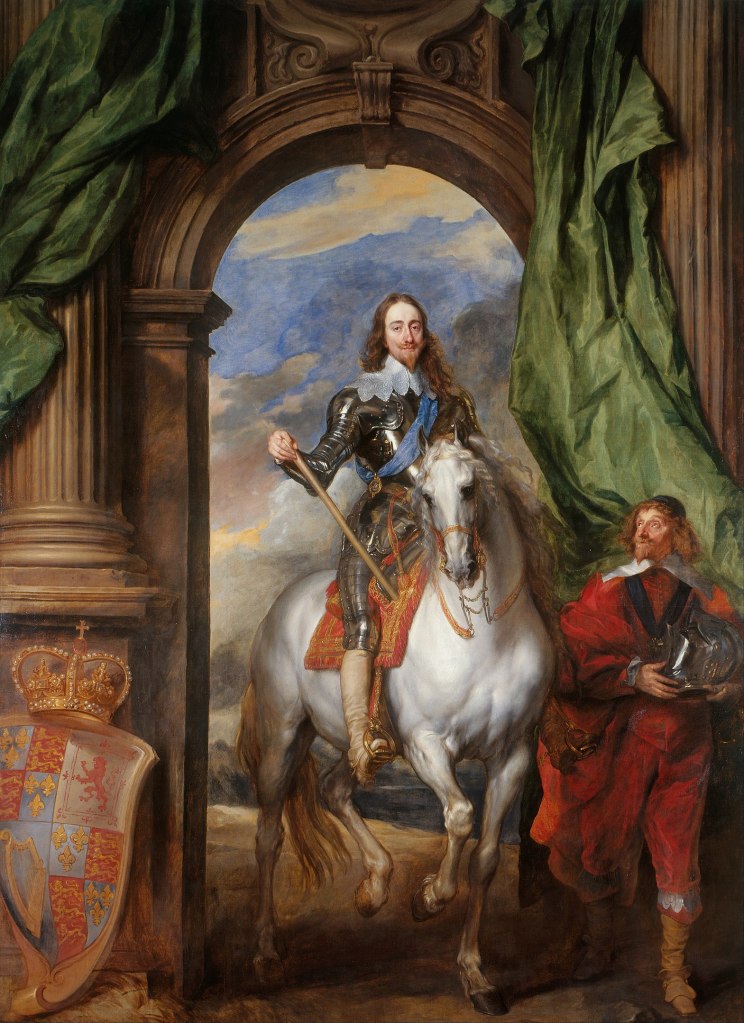
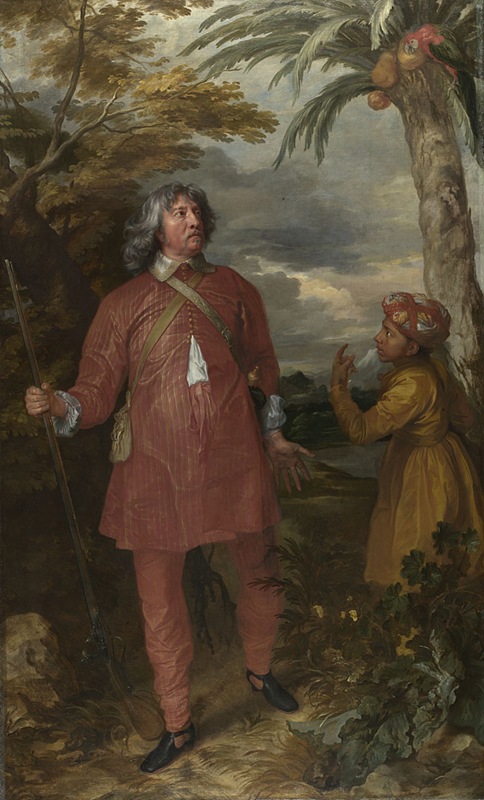
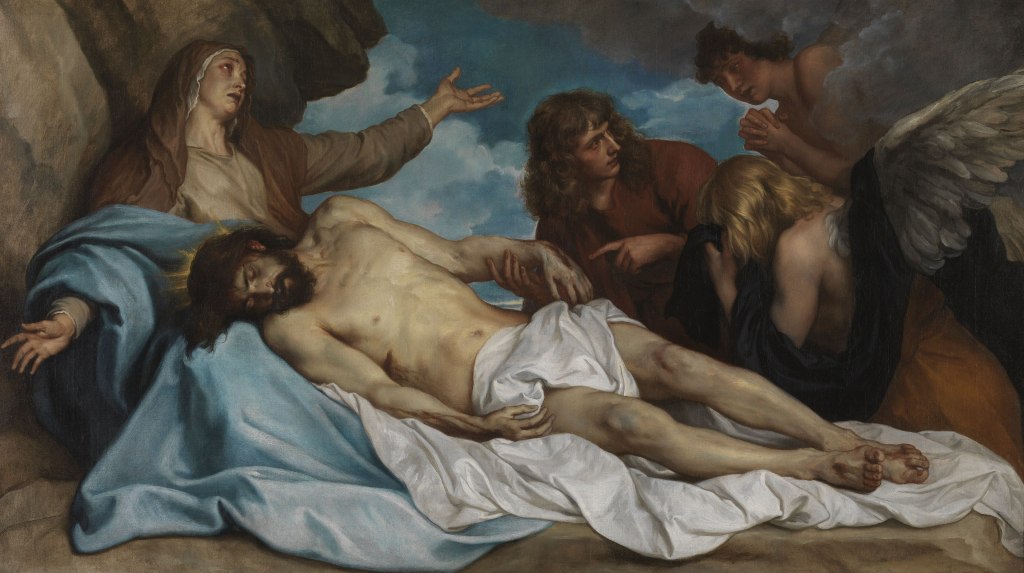


Adore this artist. The best is all his portraiture, in a time when that was the only way of recording what someone looked like.
You can see how miniature people were back then, from some of his work. Fascinating!
…. and people were much smaller. We shot at at the only plantation style house in Ontario… maybe all of Canada. Built in the 1840’s, the doorways were just over 5 feet high.
Most everyone had to duck when going through one.
Okay I’ll have to listen to the music while I’m sewing! Lol 1.5 hours is not available to me at the moment. However, every work of music you have ever posted has been a delight.
xoxoxoxoxoxoxoxoxoxoxoxoxoxo
So glad you enjoyed this journey, dahling!
Yes, true… they were much smaller!
I think you will enjoy Monteverdi a lot while sewing!
😘😘😘😘😘😘😘😘😘😘😘
🎵🧵❤💚💜⚘🌷🧵🎵
xoxo🎵🧵❤💚💜⚘🌷🧵🎵xoxo
Wonderful! I always feel that it is such a gift to be able to enjoy today works such as these created hundreds of years ago.
▪◾◼◾▪▫◽◻◽▫▪◾◼◾▪▫◽◻◽▫▪◾◼◾▪
▫◽◻◽▫▪◾◼◾▪▫◽◻◽▫▪◾◼◾▪▫◽◻◽▫
A great gift indeed, my friend, I agree! Glad you enjoyed the journey! 🙏🐉🙏
🐓🤗
🙏🐉🙏
Your post is a precious gift.
I look forward to your “Artist” tributes, Marina. I feel I am entering an art gallery salon that offers the breadth of an artist’s creativity. Thank you for adding the bibliography at the end, which I used to follow-up your post. I am now listening to Vespro Della Beats Vergine! Lovely!! Sending many hugs along with my thanks for this marvelous post.
My dear Rebecca, I’m so happy we’re taking these journeys together. There are so many things one could write about the artists, but I prefer to focus on their work and if any, words. Unfortunately there were none by Van Dyck!
Many hugs your way! xoxo
It’s interesting that the subjects of most of these portraits are looking sideways. Is there some significance to that?
Well observed! Even in his very early portraits. This is also the case with Rubens who was thought to be his tutor. I do not know though if there’s some significance to that.
Thank you. I’m really curious now!
If you do find something, please let me know too! 😉
Will do! 🙂
🙏👍😘
Such grand artwork , I can depict a rubenesque influence esp in the Cherub themed paintings!
Lovely music Marina, I enjoyed them all. ❤️
He was greatly influenced by Rubens and it is also said that he was his student too. Well spotted!
Thank you, Holly. So glad you enjoyed this journey. xoxoxoxo
A delightful treat. xoxoxo
🌷🤗🌷